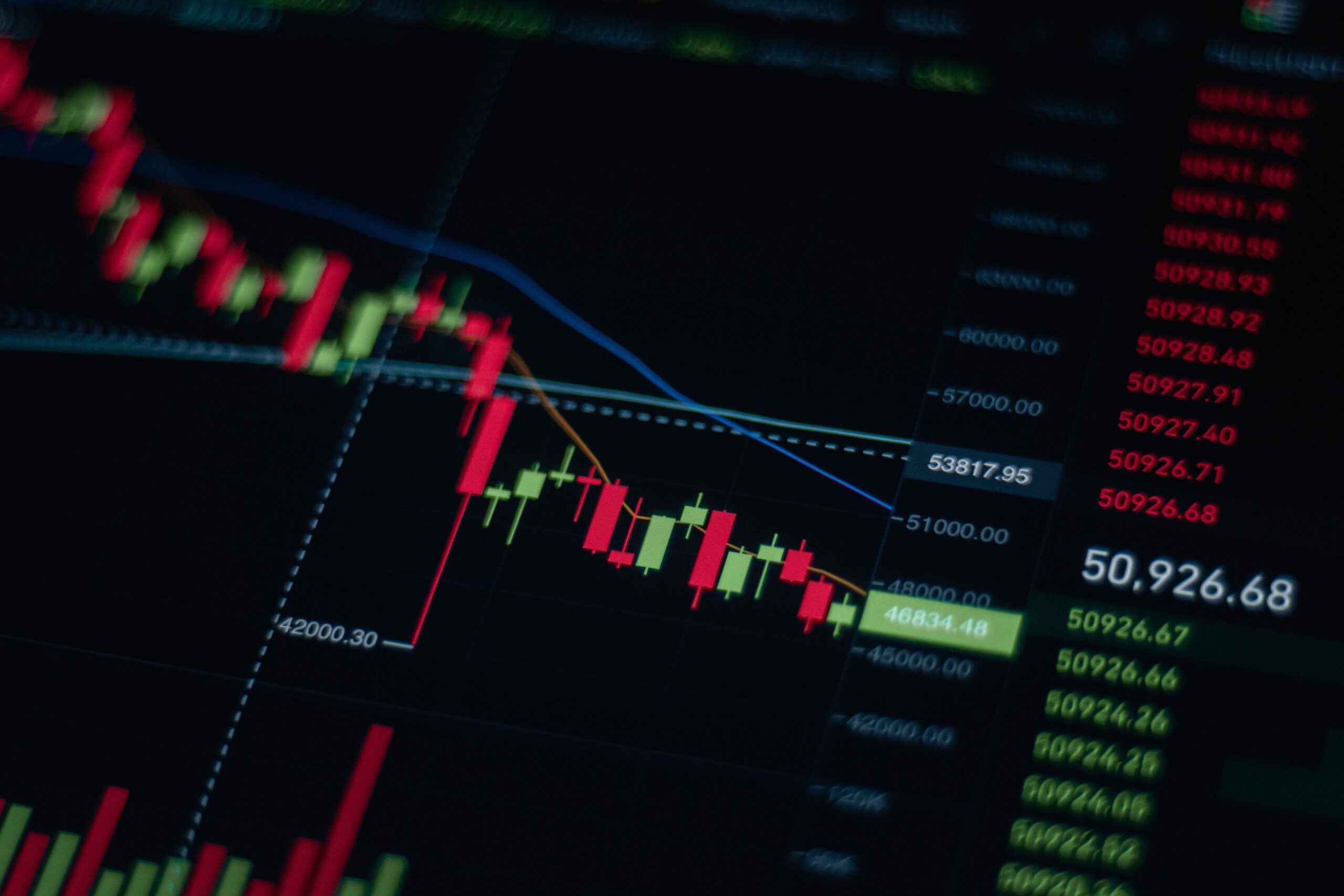Stock trading is an exciting world where investors seek opportunities to profit from the fluctuations in the prices of publicly traded companies. One particular avenue within the realm of stock trading that has gained popularity is trading cfd shares. The dynamics of Contracts for difference shares provide a comprehensive understanding of what they are and how they work.
Understanding Shares
Contracts for Difference shares represent financial derivatives that enable traders to engage in speculation regarding the price fluctuations of various assets, all while not possessing the actual underlying assets themselves. These assets can include stocks, commodities, indices, and more. CFDs are renowned for their versatility and the opportunity they provide to generate gains in markets, whether they are on the upswing or experiencing declines.
Leverage and Margin Trading
One of the key features of Contracts for Difference shares is the ability to trade with leverage. Leverage empowers traders to command a more substantial position in the market while deploying a comparatively modest amount of capital. For example, with leverage of 10:1, you can control a position worth ten times your initial investment. While this can amplify profits, it also increases the risk of losses, making risk management crucial in trading.
Price Speculation
Contracts for Difference shares are all about speculating on price movements. Upon entering a CFD trade, you make a forecast regarding whether the value of the underlying asset will increase or decrease. If your prediction is correct, you profit; if it’s wrong, you incur a loss. This is known as “going long” when you expect prices to rise and “going short” when you anticipate a decline.
No Ownership of Physical Assets
It’s important to note that when you trade Contracts for Difference shares, you do not own the actual shares of the company. Instead, you enter into a contract with a broker that pays you the difference between the asset’s price at the time you open the contract and its price at the time you close it. This means you can profit from price movements without the responsibilities and costs associated with traditional stock ownership.
The Role of Brokers
To trade shares, you need a broker that offers access to these markets. Brokers act as intermediaries, facilitating your trades and providing the trading platform. It’s essential to choose a reputable broker that offers low fees, competitive spreads, and a user-friendly interface.
Risk Management Strategies
Given the potential for both significant gains and losses in CFD trading, risk management is paramount. Some strategies to consider include setting stop-loss orders to limit potential losses, diversifying your portfolio, and not over-leveraging your positions. It’s crucial to have a clear trading plan and stick to it.
Market Analysis
Successful CFD trading often involves conducting thorough market analysis. This can include technical analysis, where you study price charts and patterns, and fundamental analysis, where you evaluate a company’s financial health and market conditions. Many traders use a combination of these approaches to make informed trading decisions.
Market Volatility
Contracts for Difference shares are particularly attractive in volatile markets. Volatility can create more significant price swings, offering potential profit opportunities. Nevertheless, it also elevates the level of risk, so it’s essential to be ready for both potential profits and losses when engaging in trading during highly volatile circumstances.
Tax Implications
Depending on your country of residence, there may be tax implications associated with CFD trading. It’s essential to understand your tax obligations and report your trading activities accurately to comply with tax laws.
Conclusion
In conclusion, CFD shares provide a flexible and accessible way for traders to participate in the dynamic world of stock trading. Thanks to leverage, the capacity to generate gains in markets that are either ascending or descending, and the diverse array of assets available for trading, CFDs present intriguing prospects for individuals who are open to learning and effectively handling the accompanying risks. To succeed in trading, it’s essential to develop a solid trading plan, employ effective risk management strategies, and stay informed about market developments.

